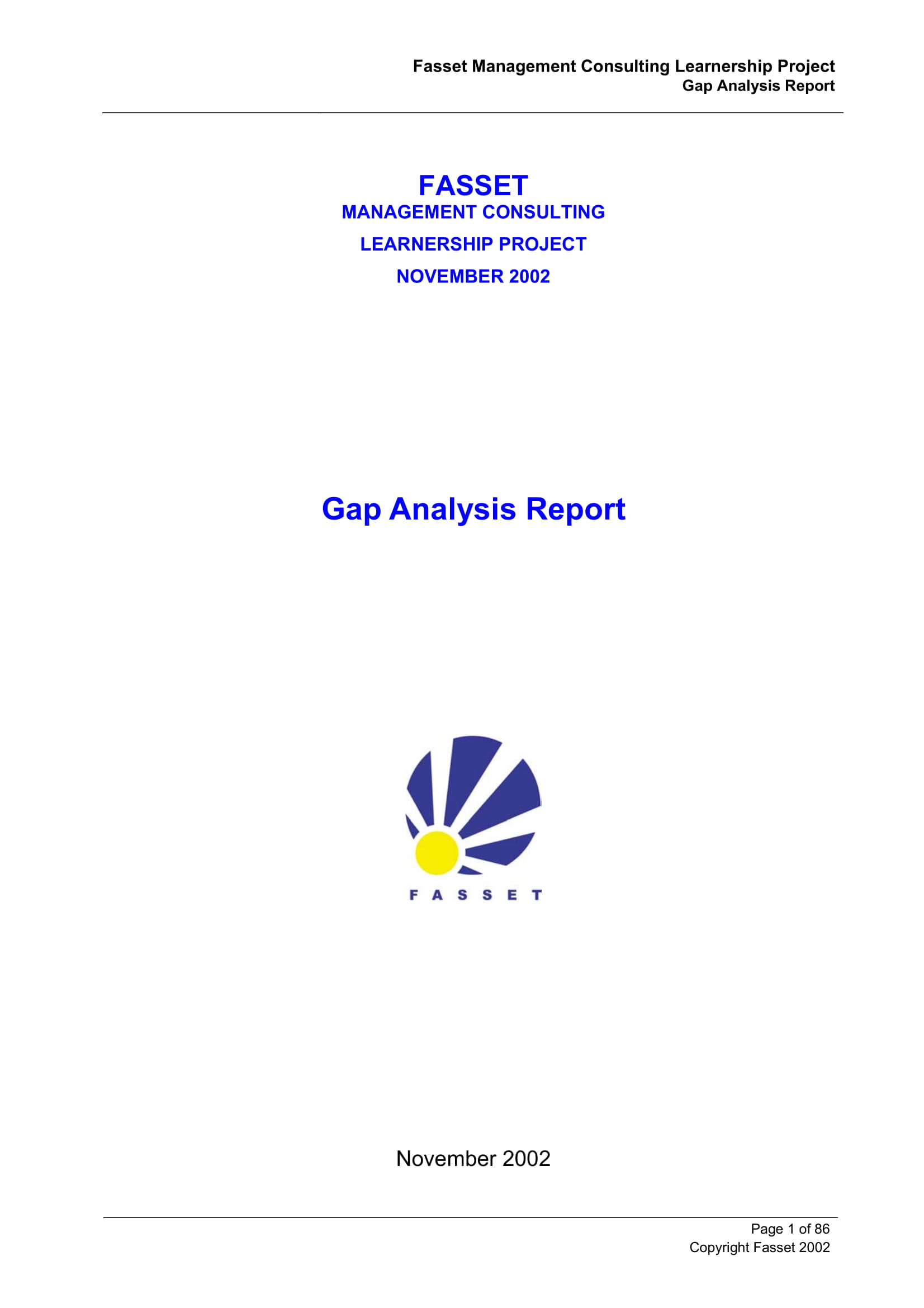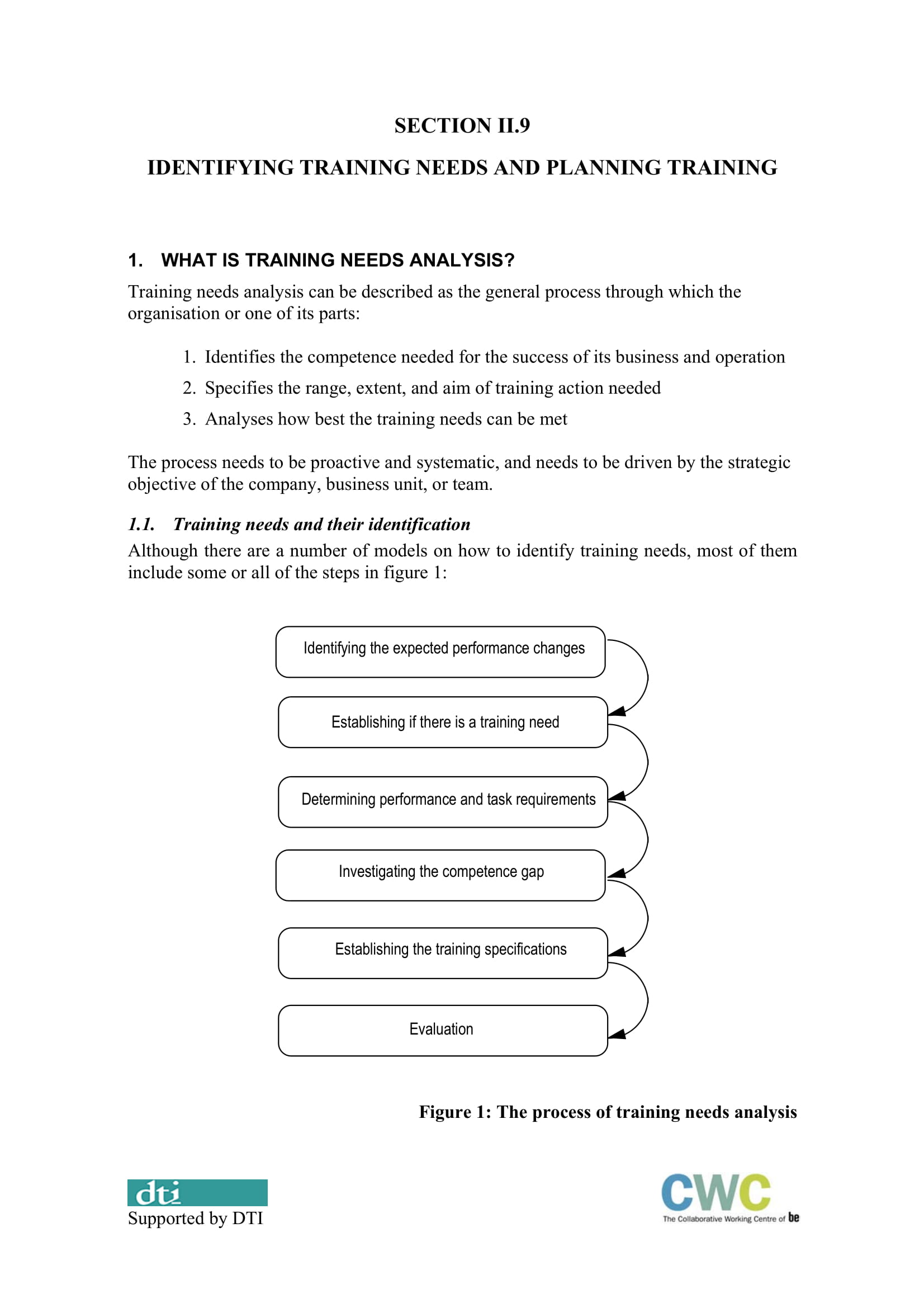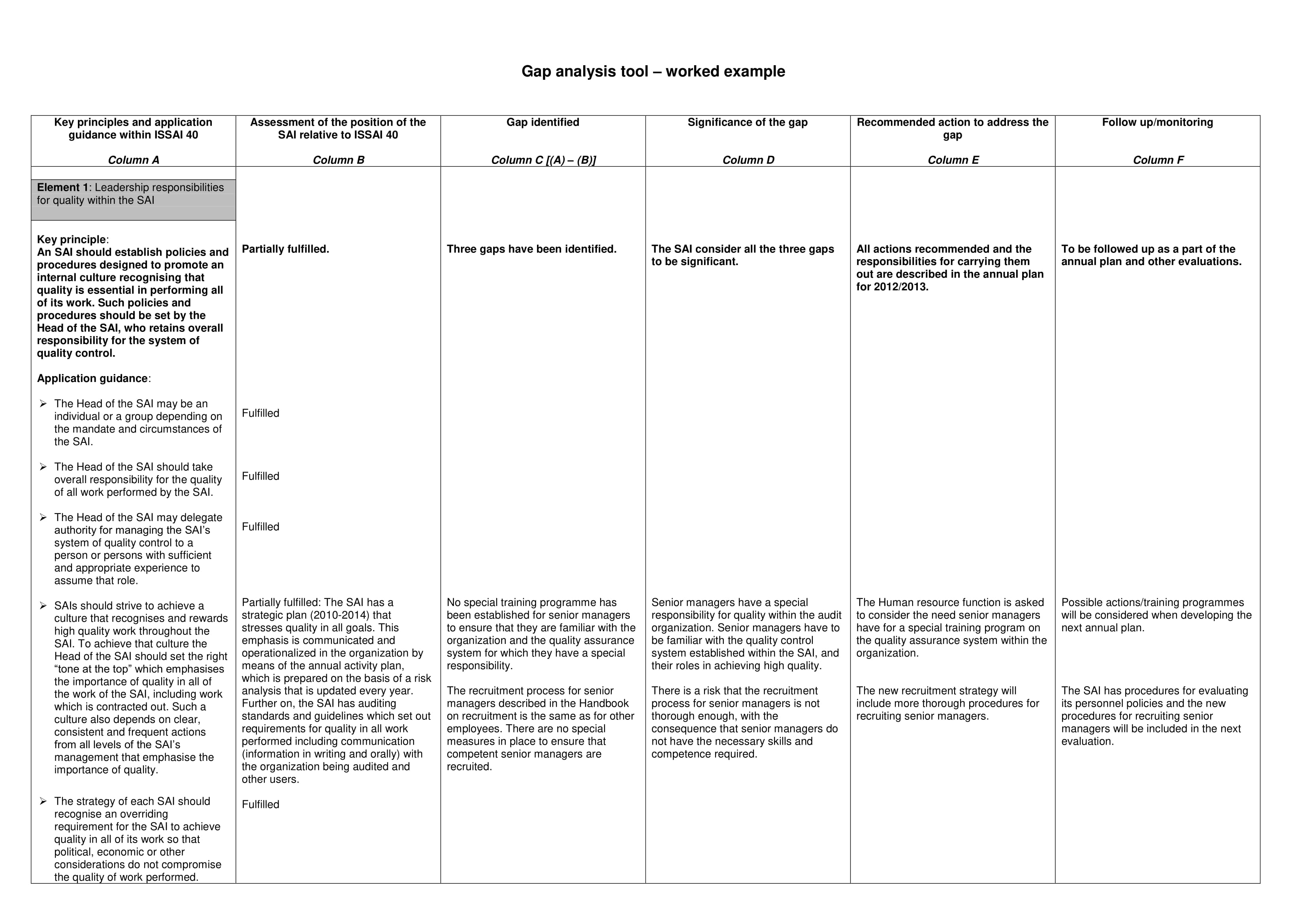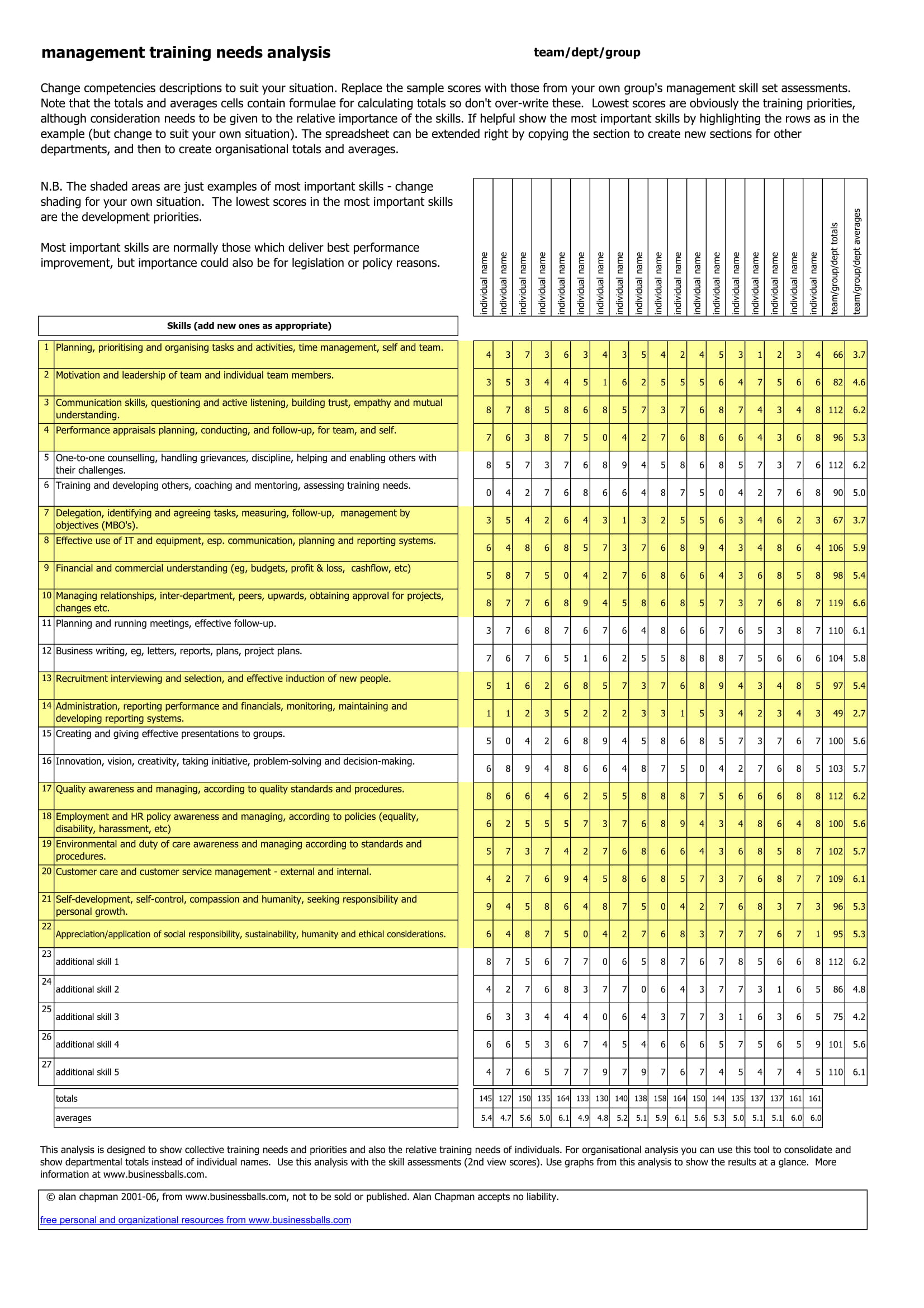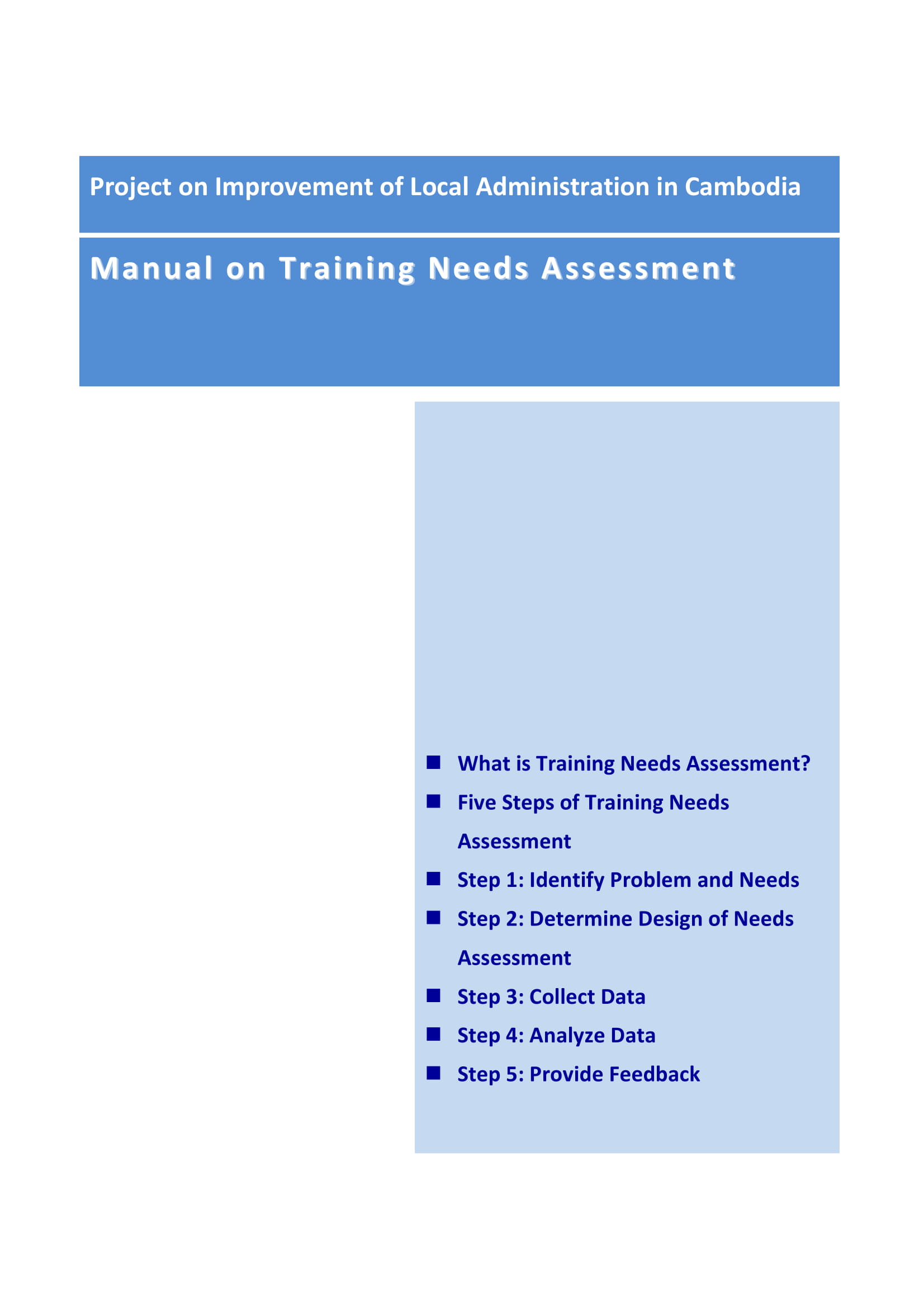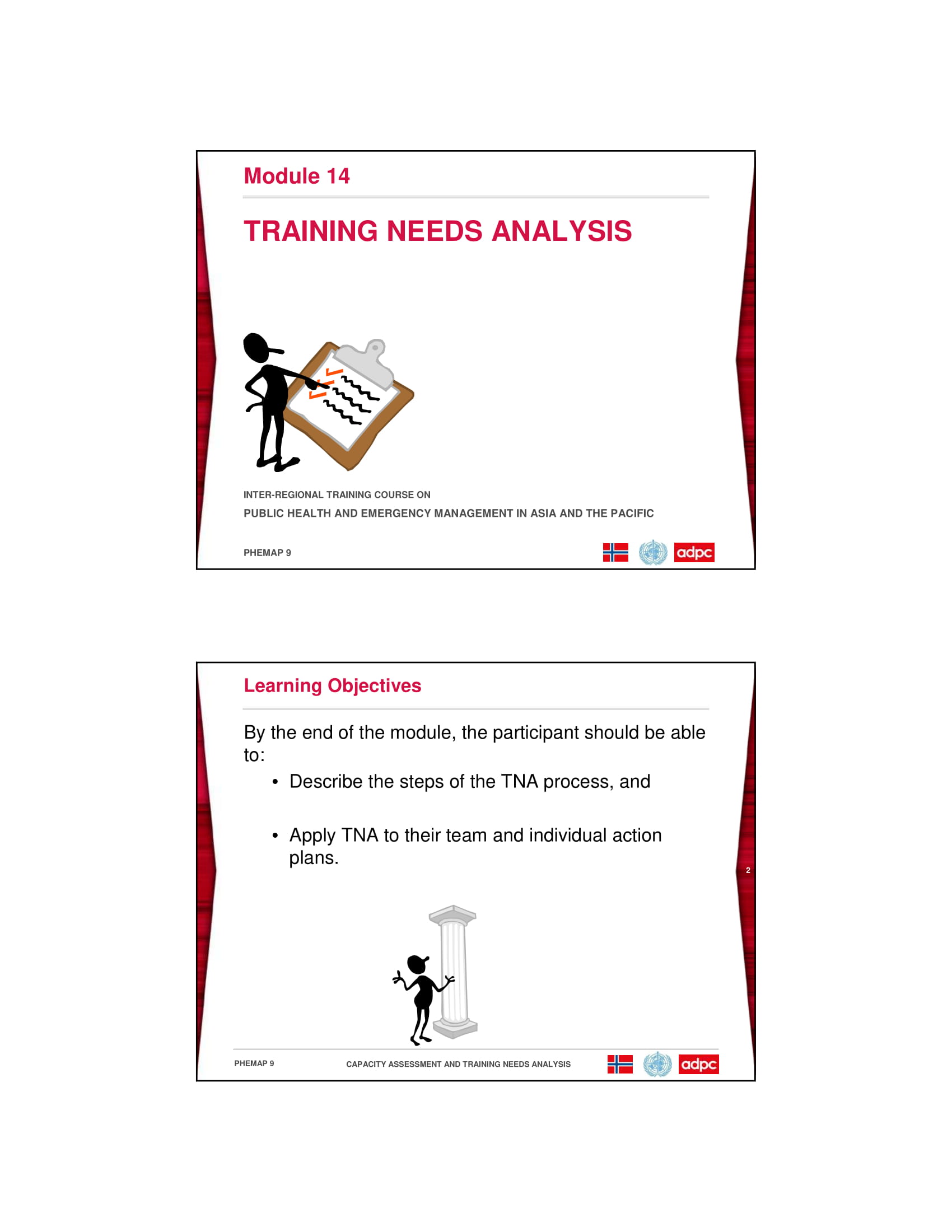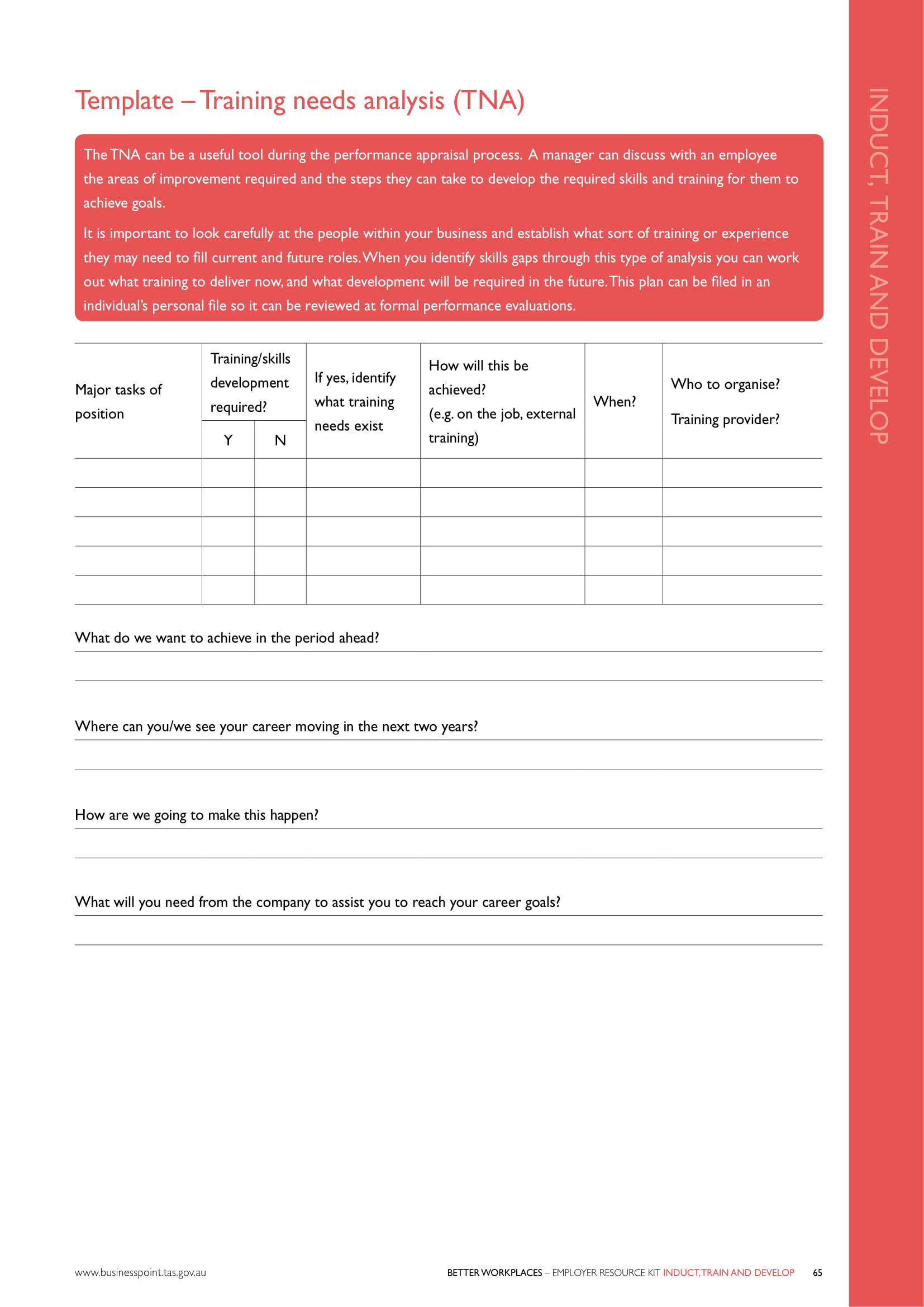10+ Training Gap Analysis Examples to Download
Are you having trouble with some of your employees? As diligent as you may be in training them, know that there will be times when some lag behind in terms of performance. With that said, a training gap analysis is one way to ensure a more consistent level of skill across your workforce. Those who wish to learn more about this process have come to the right article. Scroll on not just to discover more tips and tidbits about this, but also to find the most appropriate training gap analysis template from our list.
Gap Analysis Report on Training Example
Training Gap Analysis: Identifying Training Needs and Planning Training Example
Training Gap Analysis: A Guide For Practitioners on How to Bridge Skills Gaps Example
Training Gap Analysis Tool Chart Example
Training Gap Analysis For The Assessment of Management Training Needs Example
Training Needs or Gap Analysis in the Construction Industry Example
Training Needs Assessment Manual Example
Training Gap and Needs Analysis Module Example
Training Gap Analysis in The Health Industry For The Identification of Market Needs Example
Training Gap Analysis and Needs Assessment Example
What Is a Training Gap Analysis?
A training gap analysis is a process that focuses on identifying internal factors that contribute to the efficacy of a workforce. Other terms for this would be the skill gap assessment, the training needs gap analysis, and also the competency gap analysis. The creation of this kind of analysis is the responsibility of the company’s human resource department. However, there are instances where the process is conducted by supervisors, managers, and other professionals. While many turn to the use of a gap analysis template or reference an existing gap analysis example, there are those who prefer creating their own from scratch.
How to Create a Training Gap Analysis
As stated before, there are many who turn to training gap analysis examples. While that makes your efforts faster and easier, who wouldn’t want to learn how to begin from scratch? This is a valuable skill to have, so be sure to take note of the following tips. These tips are guaranteed to aid you in constructing a training gap analysis framework that anyone can rely on.
1. Prepare the Key Points of the Analysis
Make sure to list down all the key points of the training gap analysis. Come up with ideas on how to effectively implement knowledge transfer. It is also important for you to identify the skills, attitudes, behaviors, and performance specifications that you want your workforce to improve on. Being keen on these items can help you create a training gap analysis that is suitable for your business’ development plan.
2. Carefully Select the Right Tools
You have to make sure that necessary materials and training items are readily available for any training session you need to complete. A required part of any training gap analysis is a checklist of training requirements, along with descriptions of how they will be utilized. Without this, you may find your sessions and your analysis of them lacking.
3. Survey all Aspects of Your Business
The aspects to watch out for must include the business management processes, the rules and regulations, and your protocols. You have to keep in mind that a training gap analysis does not only rely on the factors in which the employees contribute to, but also the elements that they are exposed to whenever they are in the workplace. These must be kept in mind when looking for ways to improve their training and overall skills.
4. Stick to Specific Outlines
Similar to what you should do if you seek to develop a case analysis, you must make sure to follow a process or a procedure when developing your training gap analysis. Using outlines and other organization tools can be very helpful with maintaining the organization of your work processes. There will surely be a huge difference between efforts that stick to consistent outlines and those that do not.
FAQs
What are the benefits of implementing a training gap analysis?
The implementation of a training gap analysis can help your employees gain new skills in useful areas. It also makes it easier for you to discuss work concepts, strategies, and whatever methodology you wish to share with them. There’s also the benefit of improving any faulty behaviors and attitudes that may be holding your employees back from reaching their full potential.
How are training gaps identified in the first place?
There are specific steps that allow you to identify any gaps in an employee’s skill set and training. First, you must clarify what your objectives are, along with determining the skills and knowledge that each employee needs to have. From there, it’s all about looking for ‘pain points’ in their individual performances. Then compare their performance to where you ideally want them to be.
What are the three levels found within any training gap analysis?
The first level you need to identify is the organizational level, which focuses on skill sets that benefit the company as a whole. Next, there’s the team level, which affects the direct team a specific employee belongs to. Lastly, there is the individual level, which is the most personal level of all.
As responsible as your employees are for their individual outputs, part of that responsibility also falls to the company’s management. By looking out for your workers, you ensure that they perform to the best of their abilities. A training gap analysis is guaranteed to come in handy, as you already know. Now that you’re better educated about this process, be sure to take what you’ve learned here and put it to good use as soon as possible!



